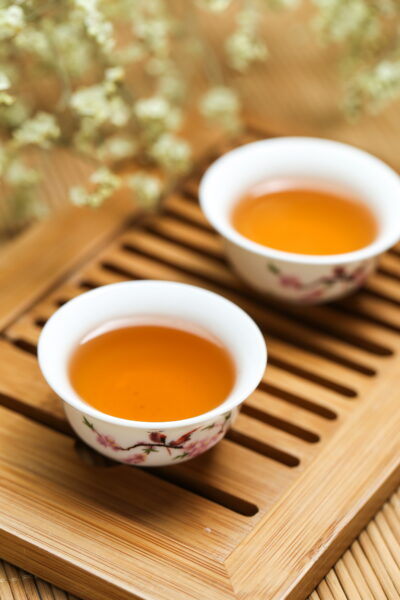
Nestled in the heart of Japan’s ancient capital, Kyoto, lies a hidden gem in the world of tea – Kyobancha. This unique green tea offers a distinct taste and experience, setting it apart from other green teas. Let’s dive into the fascinating world of Kyobancha, exploring its origins, production process, flavor profile, and the best ways to enjoy it.
Origins of Kyobancha
Kyobancha, sometimes referred to as “Kyoto bancha,” is a traditional Japanese green tea that has been cultivated in the Kyoto region for centuries. Unlike the more commonly known sencha or matcha, Kyobancha has a unique production process and flavor that reflects the rich cultural heritage of Kyoto. This tea is traditionally harvested in the early spring, using the leaves and stems that were left over from the previous year’s autumn harvest.
The Production Process
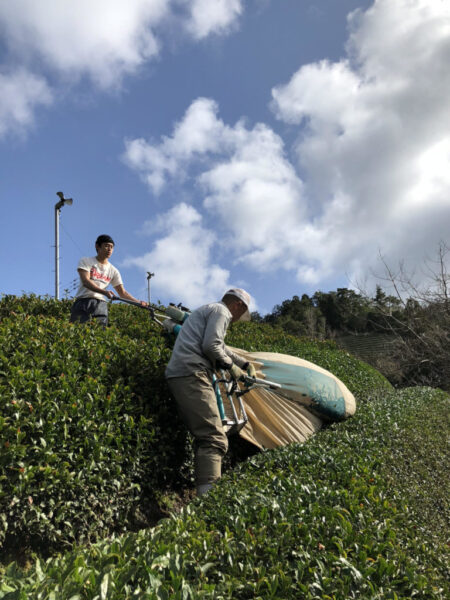
What sets Kyobancha apart from other green teas is its production method. After the leaves are harvested, they are steamed to prevent oxidation, which is a common practice for green teas. However, instead of being rolled and dried immediately, the leaves are roasted over high heat. This roasting process imparts a distinctive smoky flavor to the tea, giving it a unique character that is both comforting and invigorating.
Flavor Profile
Kyobancha is known for its mild, slightly smoky flavor with hints of sweetness. The roasting process reduces the astringency typically found in green teas, making Kyobancha smooth and easy to drink. Its light body and low caffeine content make it an excellent choice for an evening tea, perfect for unwinding after a long day. The aroma is reminiscent of toasted nuts and wood, evoking a sense of warmth and relaxation.

Health Benefits
Like other green teas, Kyobancha is rich in antioxidants, which can help protect the body from free radicals and promote overall health. The low caffeine content makes it suitable for those who are sensitive to caffeine or looking for a calming beverage. Additionally, the unique roasting process may contribute to its potential digestive benefits, making it a great choice after meals.
How to Enjoy Kyobancha
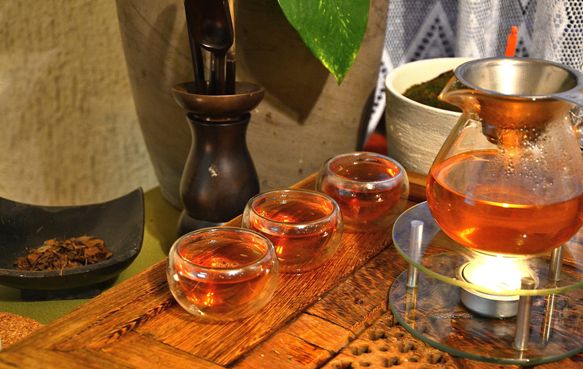
Brewing Kyobancha is simple and can be enjoyed both hot and cold. Here’s a basic guide to brewing the perfect cup:
- Hot Kyobancha:
- Water Temperature: Boil water and let it cool to around 90°C (194°F).
- Tea Quantity: Use about 2 grams of Kyobancha leaves per 150 ml of water.
- Steeping Time: Steep for 3-5 minutes, depending on your taste preference.
- Cold Brew Kyobancha:
- Water Temperature: Use cold, filtered water.
- Tea Quantity: Use about 5 grams of Kyobancha leaves per 500 ml of water.
- Steeping Time: Refrigerate and steep for 4-6 hours, or overnight for a stronger flavor.
Kyobancha pairs wonderfully with light snacks and traditional Japanese sweets. Its mild flavor complements rather than overpowers food, making it a versatile tea for any occasion.
Where to Find Kyobancha
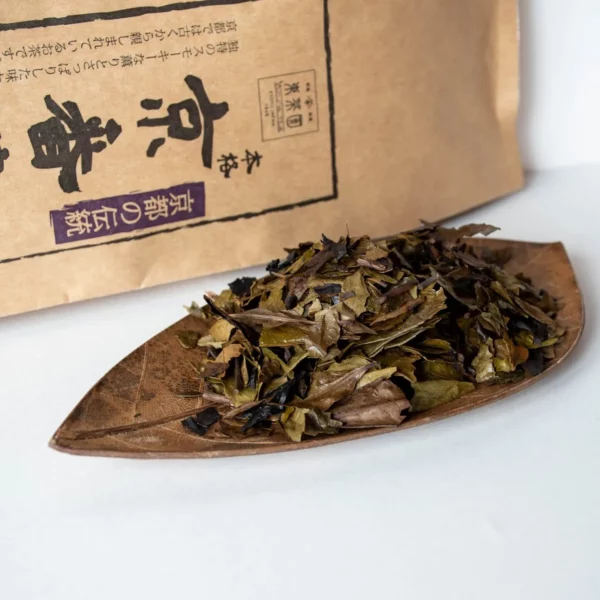
Kyobancha can be found in specialty tea shops, both in Japan and internationally. For the most authentic experience, try sourcing Kyobancha directly from Kyoto or reputable online retailers that specialize in Japanese teas. Exploring different brands and harvests can lead to discovering new nuances in flavor and aroma, making each cup a unique experience.
Embrace the Tradition
Kyobancha is more than just a tea; it’s a reflection of Kyoto’s rich cultural heritage and dedication to traditional practices. By enjoying Kyobancha, you’re not only savoring a unique and delightful beverage but also connecting with centuries of Japanese tea tradition. So, the next time you’re looking for a comforting and distinctive tea experience, reach for Kyobancha and let the flavors of Kyoto enchant your senses.
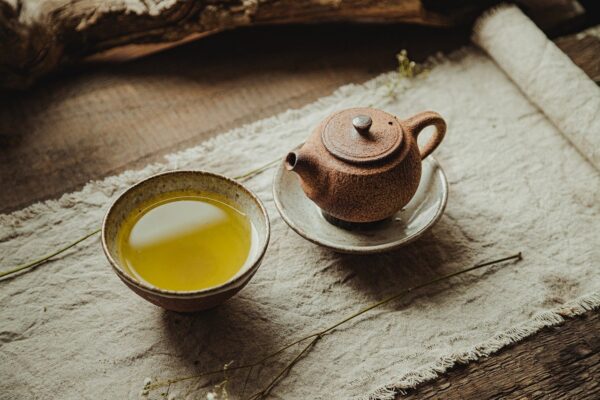
Whether you’re a seasoned tea enthusiast or new to the world of Japanese teas, Kyobancha offers a delightful journey into the heart of Kyoto’s tea culture. Share your Kyobancha experiences and favorite brewing tips in the comments below, and let’s celebrate this unique green tea together!




0 Comments